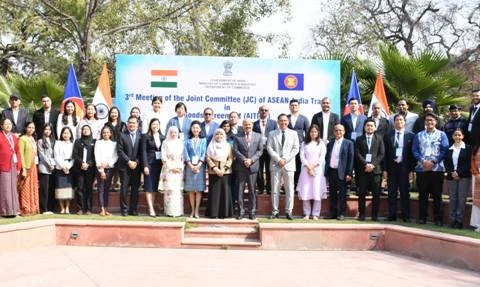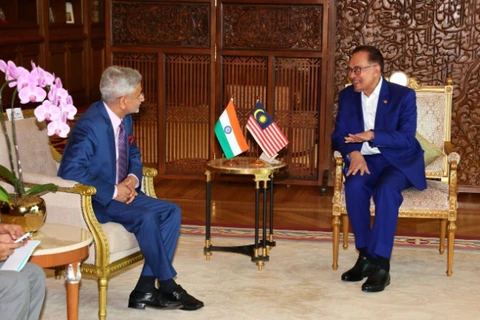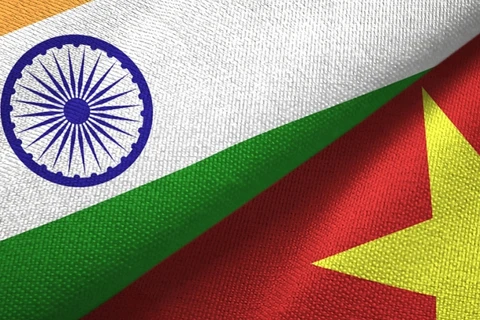 India's trade deficit with the Association of Southeast Asian Nations (ASEAN) has more than doubled since 2010 (Photo: AFP/VNA)
India's trade deficit with the Association of Southeast Asian Nations (ASEAN) has more than doubled since 2010 (Photo: AFP/VNA) New Delhi (VNA) - India's trade deficit with the Association of Southeast Asian Nations (ASEAN) has more than doubled since the implementation of the ASEAN-India Trade in Goods Agreement (AITIGA) in 2010.
Figures released by the Indian Ministry of Commerce and Industry showed that India's exports to ASEAN member countries stood at 25.6 billion USD in the 2010-11, while imports from these nations amounted to over 30.6 billion USD.
In the fiscal year 2022-2023, India's exports to ASEAN countries were posted at 44 billion USD, but imports surged far ahead at 87.5 billion USD during the same period.
The surge in imports not only eroded the gains from increased exports but also exacerbated the trade deficit, raising concerns among policymakers and economists.
This trend also continued in fiscal year 2023-2024. Data from April 2023-January 2024 showed that India's exports to ASEAN reached 32.7 billion USD, but imports were recorded at 68.5 billion USD.
Since 2010, bilateral trade has steadily expanded, hitting 131.5 billion USD in the fiscal year 2022-23 while trade deficit also expanded in favour of ASEAN countries.
The discrepancy in trade performance can be attributed to various factors, including India's import policy evolution and tariff structures. India's transition from a restrictive trade policy regime to a more liberalised framework since 1991 has significantly influenced trade dynamics, leading to a surge in imports, particularly intermediate inputs.
Import tariff rates have undergone fluctuations over the years, with the introduction of the Goods and Services Tax (GST) in 2017 marking a milestone in trade policy reforms, according to experts. Despite the fact that India has taken steps to streamline trade procedures and correct certain inversion of duties, challenges persist in achieving a more balanced trade relationship with ASEAN, they added./.























